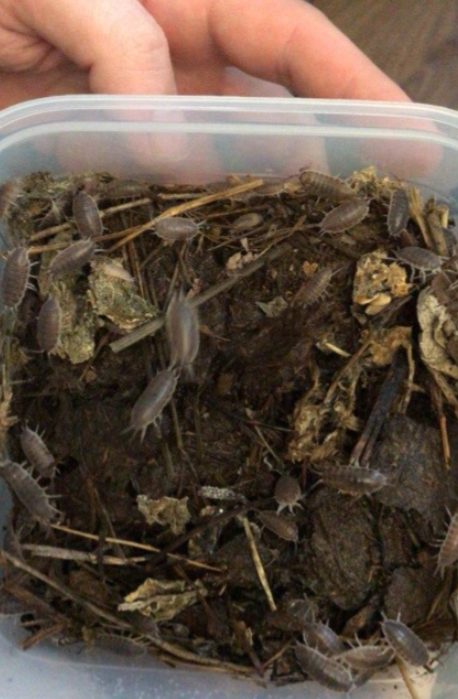
“Hidden hunger” occurs in humans and livestock and is caused by a deficiency of microelements, essential amino acids and vitamins. Provoked by an insufficient supply of microelements with food and feed, even with an excess of macronutrients, hidden hunger can lead to the development of serious diseases and pathological conditions. Finding enough micronutrients is often difficult because they are either obtained from limited external natural sources or are synthesized de novo.
Soil-dwelling saprophages constitute a major part of the zoomass on Earth, but they are surprisingly overlooked as a potential source of microelements. To assess their nutritional value based on microelements, employees of the A.N. Severtsov Institute of Ecology and Evolution RAS with colleagues from M.V. Lomonosov Moscow State University and the V.A. Engelhardt Institute of Molecular Biology RAS, selected 30 species of invertebrates, obtained from natural ecosystems of European Russia or widely cultivated species originating mainly from tropical regions. They belong to the main taxa of soil saprophages: cockroaches (Blattodea), larvae and adults of beetles (Coleoptera), springtails (Collembola), centipedes (Diplopoda), larvae of flies, including the black soldier fly (Diptera), earthworms (Haplotaxida), woodlice (Isopoda), crickets (Orthoptera). Their proteinogenic amino acid, microelement and vitamin composition was assessed. Taxonomic differences in micronutrient composition and ratios were identified, and specific taxa naturally enriched in micronutrients were identified for further consideration as potential candidates for inclusion in food and feed additives to alleviate hidden hunger in livestock and humans.

Head of the work, Doctor of Biological Sciences prof. RAS Konstantin Gongalsky says that soil invertebrates, which represent an almost unlimited resource due to the availability of food - dead organic matter - are important not only as a source of protein, which is already used in many countries, but also as a source of micronutrients. Obtaining large volumes of biomass from such animals can be used to feed farm animals as natural dietary supplements.
The results were published in the Journal of Insects as Food and Feed: Gongalsky,K.B., D.I. Korobushkin, L.A. Baratova, A.I. Bastrakov, M.I. Degtyarev, A.Yu. Gorbunova, A.L. Ksenofontov, S.A. Lapa, I.M. Lebedev, A.S. Zaitsev. Soil saprophages as an emerging global source for micronutrients // Journal of Insects as Food and Feed. V.9. P. 1603-1613. doi.org/10.1163/23524588-20230001
Related materials:
RAS: "Потенциал использования почвенных сапрофагов для получения ценных микронутриентов"
